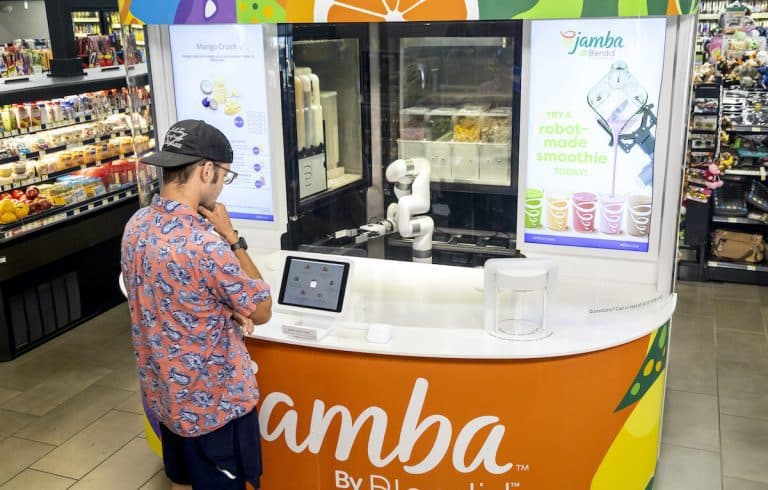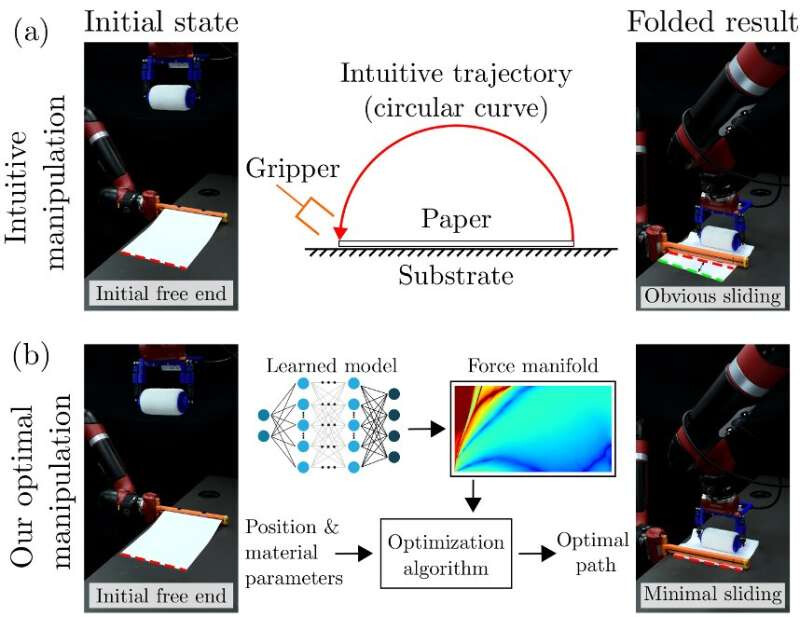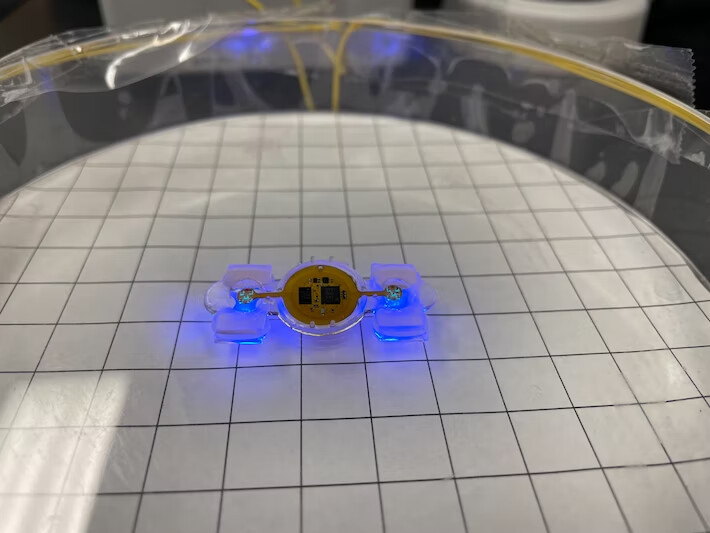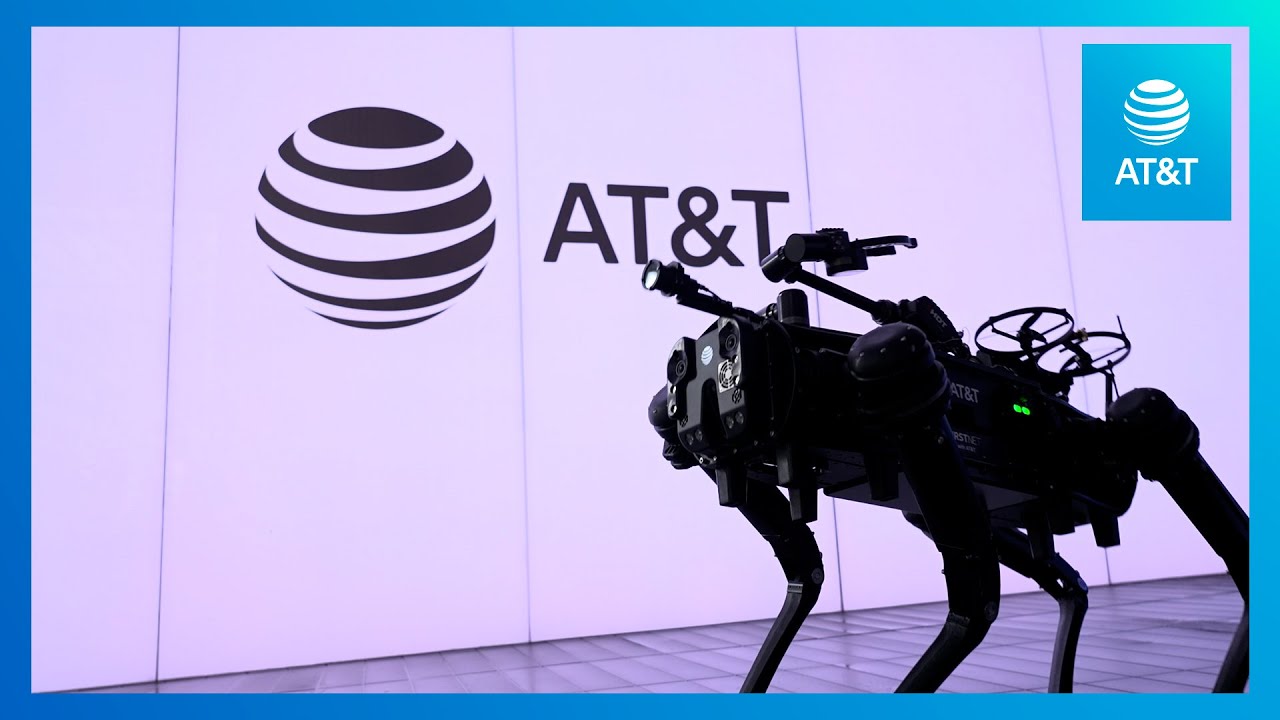
The Robotics Roundup is a weekly newspost going over some of the most exciting developments in robotics over the past week.
In today’s edition we have:
- Jamba Says Robotic Smoothie Kiosks Draw Repeat Customers
- A method to enable robotic paper folding based on deep learning and physics simulations
- This Biohybrid Robot Walks Using Lab-Grown Mouse Muscles
- Largest study of human-robot interactions in the real world prepares to unfold
- The many use cases of 5G-connected robot dogs
Jamba Says Robotic Smoothie Kiosks Draw Repeat Customers

Robotic foodservice is becoming more and more common as the technology continues to improve, but for now the novelty of completely automated foodservice might be drawing in customers. Jamba Juice has recently started a small scale program of completely automated smoothie kiosks, and their numbers show that people are significantly more likely to place repeat orders at these automated kiosks than at standard Jamba Juice locations.
A method to enable robotic paper folding based on deep learning and physics simulations

Folding soft objects is something that humans regard as relatively easy, but is actually deceptively difficult to automate. Researchers at UCLA have recently developed a deep learning algorithm that can successfully teach a robotic manipulator how to fold papers in half.
This Biohybrid Robot Walks Using Lab-Grown Mouse Muscles

Biorobotics researchers at the University of Illinois Urbana-Champaign have developed a small biohybrid robot composed of mouse muscle tissue that walks in response to LED lights.
Largest study of human-robot interactions in the real world prepares to unfold
Robotics is rapidly advancing, with huge strides towards the integration of robotics into our daily lives being made every year. However, we still don’t have a real understanding of how this integration will actually affect our daily lives. The Technology and Information Policy Institute at the University of Texas in Austin is planning to conduct a large scale study across the entire campus on how humans interact with robots and what challenges that may pose to their deployment.
The many use cases of 5G-connected robot dogs
AT&T has partnered with Ghost Robotics to showcase the capabilities of the FirstNet 5G emergency response network when deployed to the Vision60 autonomous quadruped. The future of emergency response and hazard cleanup will likely involve technologies similar to those demonstrated here.
